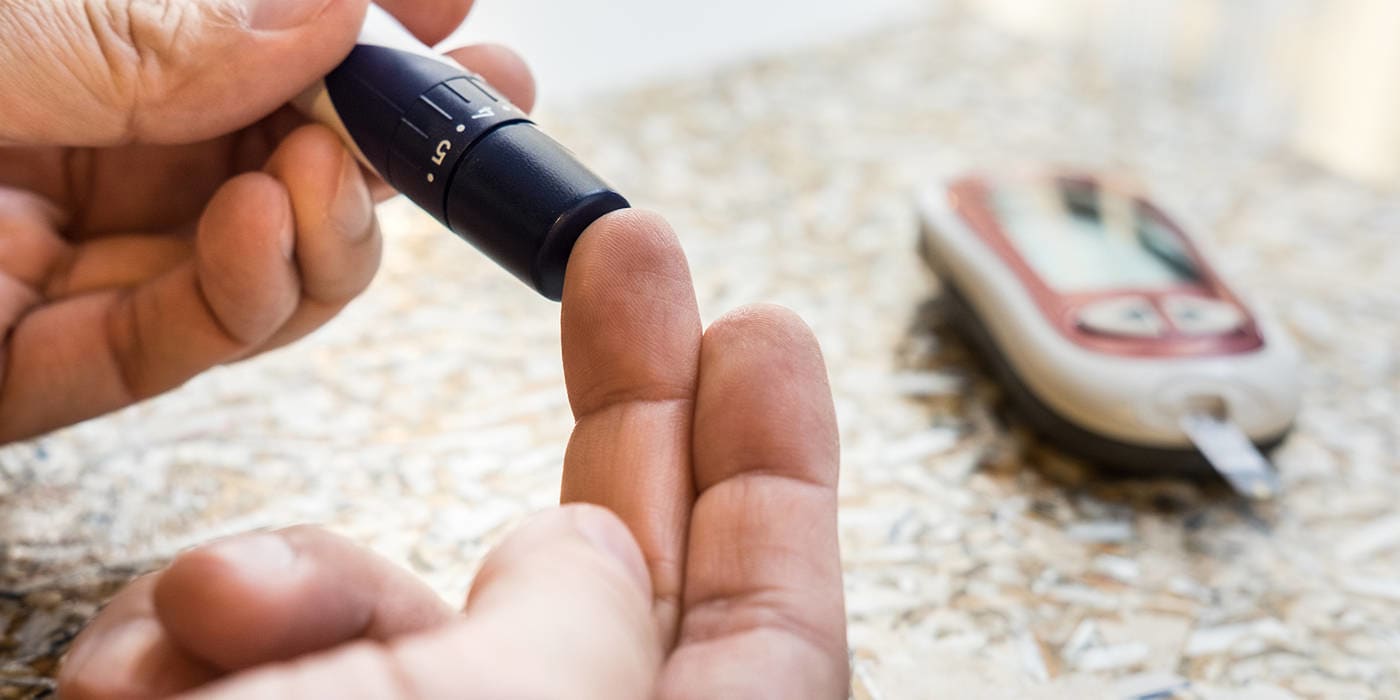The dos and don’ts of diabetic foot care

For most folks, a blister on the foot or a toenail cut too short is a painful annoyance. But for someone with diabetes, even a minor foot injury can quickly become a serious injury without causing any pain at all.
November is National Diabetes Awareness Month. Mallory Schweitzer, MD, with MultiCare Podiatry Specialists in Tacoma, wants diabetic patients to know that foot care is an essential part of diabetes management — and vice versa.“I do a lot of amputations that could have been avoided with good blood sugar control,” Dr. Schweitzer says.
Prolonged high blood sugar levels affect virtually every part of your body, including the nervous system. That nerve damage can cause neuropathy, which leads to tingling, burning and numbness.
It’s the numbness that can prevent people from realizing they’ve been injured. That’s compounded by damage to the immune system and blood flow that can slow wound healing and increase the likelihood and severity of infections.
With that in mind, Dr. Schweitzer has some foot dos and don’ts for those living with diabetes.
DO: Look at your feet often.
Dr. Schweitzer says anyone with diabetes should regularly examine their feet, including the areas between the toes. She recommends using a mirror or having a partner help with the examination if your vision is impaired or you just can’t reach your feet.
Anything unusual warrants a visit to your primary care doctor or podiatrist, she says, especially if you’ve already been diagnosed with neuropathy, or have previous wounds.
DON’T: Just assume everything is fine if your feet don’t hurt.
“We associate things that are bad problems with pain,” she says. “If things are not painful, we think they aren’t serious. The pain protects us. If you see anything abnormal on your foot, come right in.”
DON’T: Get pedicures.
“Anybody who is having any kind of complications … blood flow problems, neuropathy, previous amputations, anything like that, should not be getting pedicures,” Dr. Schweitzer cautions.
DON’T: Try to trim your own toenails if you have poor vision or arthritis that makes handling trimmers difficult.
“I see a lot of patients who have come at their feet with sharp implements,” she says. “And their feet have come out on the wrong end of that.”
DO: Schedule a nail trimming and callus shaving appointment with a podiatrist.
For people with mobility issues or diabetes, “that’s a covered service by insurances,” Dr. Schweitzer says. You can set up a regular appointment to safely keep your nails trimmed and feet in good shape.
DON’T: Go barefoot.
“I see a lot of people with diabetes who step on stuff and they’re not aware they’ve stepped on anything because of the neuropathy,” she says.
DO: Wear properly fitting shoes.
With neuropathy, some patients tend to wear shoes that are too small because they can feel more when their feet are squeezed. But that can lead to serious injuries. Many insurance companies will pay for diabetic shoes and inserts. And you won’t necessarily have to sacrifice style.
“A lot of them look a lot trendier now,” Dr. Schweitzer says.
DO: Let your doctor know if you are experiencing symptoms of neuropathy.
Diabetic neuropathy can come on very gradually, she says. If you have any numbness, tingling or burning sensations in your feet, be sure to talk to your doctor about it.
DO: See your primary care doctor or podiatrist if you have any concerns about your feet, no matter how small.
“Some people feel like ‘Oh, this is not a big enough problem to come to my doctor,’” Dr. Schweitzer says. “But we love to see diabetics when it’s just a blister, not a systemic infection. You are never bothering us. We are always happy to see a diabetic patient.”




